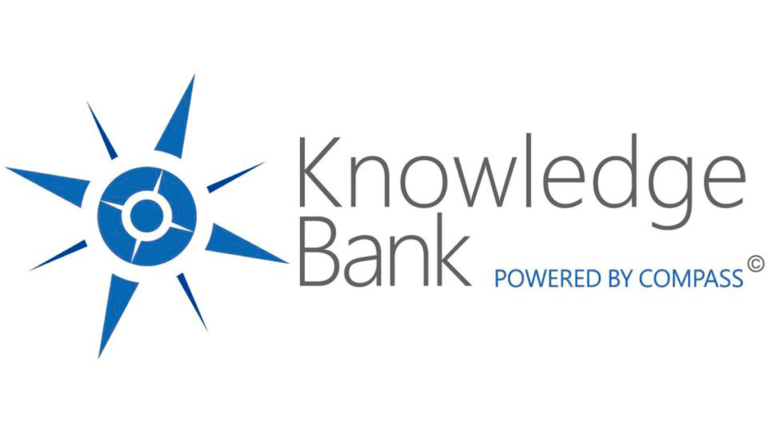New research from criteria search specialist, Knowledge Bank shows a number of borrowers may end up paying their mortgage into retirement as rising house prices cause them to elongate mortgage terms.
Knowledge Bank’s industry leading criteria tracker has uncovered a significant number of borrowers are attempting to stretch mortgage terms to 35 or even forty-years, with ‘maximum age at end of term’ the most-searched term by brokers in August. This backs up research recently carried out by Quilter which showed a 70% rise in 35 year-plus mortgages over the past two years.
This trend for elongated mortgages is potentially as a result of rapidly increasing house prices. With higher prices creating affordability issues, some borrowers are looking to spread their mortgage out over a longer-time period to lower the monthly repayments. This is backed-up by the presence of another criteria in the top five most searched: ‘income multiple used for affordability assessment’, was the second most-searched term in the residential market in August.
Most lenders are happy to offer mortgage terms that reach up until retirement age, but some are now accepting terms that go into retirement. In these cases, lenders require evidence the borrower will be able to afford to make monthly repayments once they retire.
The rush for new investors entering the buy-to-let market showed no signs of slowing down in August. ‘First-time landlord’ was the most-searched term by brokers, and in response lenders are launching new buy-to-let products for borrowers without a property portfolio.
With ‘regulated bridging’ still being the number one most-searched term in the bridging category, people are still clearly considering bridging for homes that they or their families are going to live in. There is clearly a trend to adapt one’s home to create the space they want to live in rather than just settling for what is already available. The presence of ‘heavy refurbishment’ for the first time since April, amongst the most-searched terms in the bridging market, also suggests alongside smaller projects like redoing a bathroom, some borrowers are taking on major structural changes, like an extension or an annex.
There was also high demand from brokers searching for a bridging loan for ‘commercial property’. With the demand for buy-to-let properties, and the changing face of the high-street, some of these borrowers may be looking to convert commercial properties into buy-to-let properties through the permitted development scheme.
In the commercial arena itself, ‘semi-commercial properties’ remained the top search for the 14th consecutive month, bar one. This clearly indicates some professional landlords are shifting from straight buy-to-let, into semi-commercial which usually consists of a shop or other commercial premises on the ground floor with flats above it. This trend started when the government introduced more punitive tax laws for buy-to-let in 2017.
Although the economy is showing encouraging signs of recovery, debt management and late payments are still popular searches. In the residential market ‘missed or late payments’ was the fourth most-searched term by brokers, and connected to this ‘debt management plan – ongoing/ current’ was the second most-searched in the second charge market.
Matthew Corker, operations director at Knowledge Bank, said: “With house prices accelerating at unprecedented levels, it’s not surprising borrowers are looking to lower monthly payments by stretching terms.
“Even first-time buyers in their early 30s are now stretching terms close to, or beyond retirement age. Terms for lenders vary in regards to age limits, some building societies have no max age limit, other lenders tend to limit the maximum age to 70 to 85 years old.
“The expectation from the lender is that the borrower will either overpay, or shorten the term when remortgaging, but this could present an issue for some who are still having to work into their 70s to pay off their outstanding mortgage debt.
“Regulated bridging continues to be popular, and it appears some are using these to adapt and renovate commercial properties. With the shift away from offices, and online shopping becoming more popular, converting offices and retail spaces may become more popular in the coming months.”
Criteria Activity Tracker
Top five searches performed by brokers on Knowledge Bank during August 2021
| RESIDENTIAL | BUY-TO-LET | SECOND CHARGES | EQUITY RELEASE | |
| 1 | 1. Maximum Age at End of Term | 1. First Time Landlord | 1. Maximum LTV / Loan To Value | 1. Solar Panels |
| 2 | 2. Income Multiple used for Affordability Assessment | 2. Lending to Limited Companies | 2. Debt Management Plan – Ongoing / Current | 2. Sheltered Accommodation |
| 3 | 3. Employment – Time in Current Employment | 3. Requirement to be a Homeowner | 3. Interest Only | 3. Leasehold Remaining Term / Beginning of Term |
| 4 | 4. Missed or Late Payments | 4. First Time Buyers | 4. Employment – Time in Current Employment | 4. Ex-Local Authority Houses |
| 5 | 5. Soft Footprint at DIP Stage | 5. Minimum Income – Interest Only / Part and Part Single Applicant | 5. Income Multiple used for Affordability Assessment | 5. Flat Roofs |
| SELF-BUILD | BRIDGING | COMMERCIAL | |
| 1 | 1. Maximum LTV / Loan To Value | 1. Regulated Bridging | 1. Semi-Commercial Properties |
| 2 | 2. Maximum LTC / Loan To Cost | 2. Minimum Loan Amount | 2. Maximum LTV / Loan To Value |
| 3 | 3. Build Cost – Detailed Project Costings Required | 3. Maximum LTV / Loan To Value | 3. Minimum Loan Amount |
| 4 | 4. Architect’s Certificate | 4. Commercial Property | 4. Mixed Use Properties / Part Commercial |
| 5 | 5. Lend Against Land | 5. Heavy Refurbishment | 5. Excluded Commercial Sectors |




